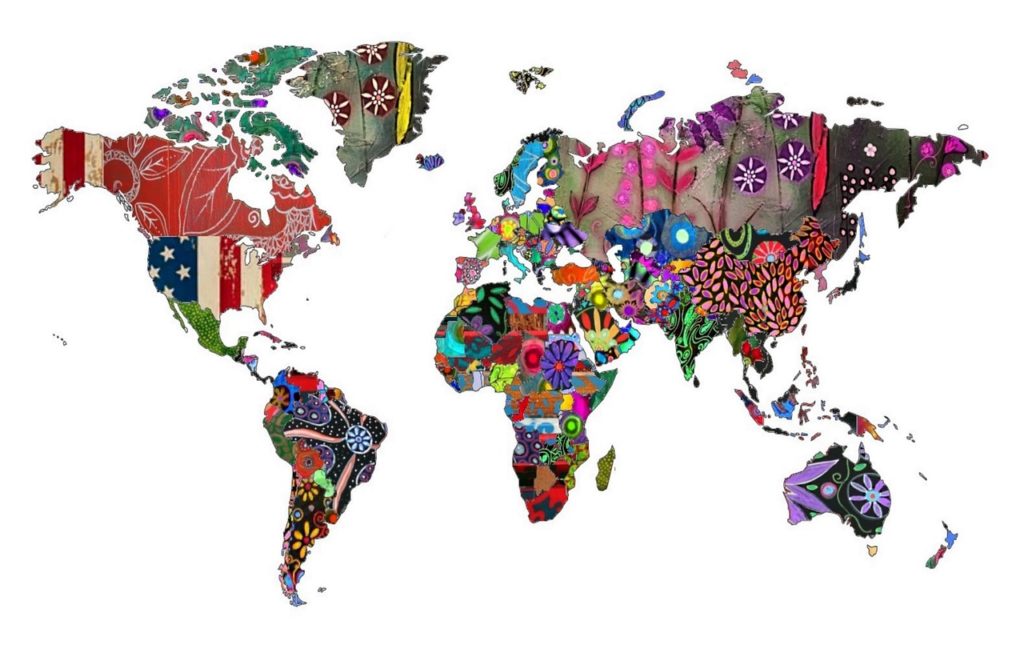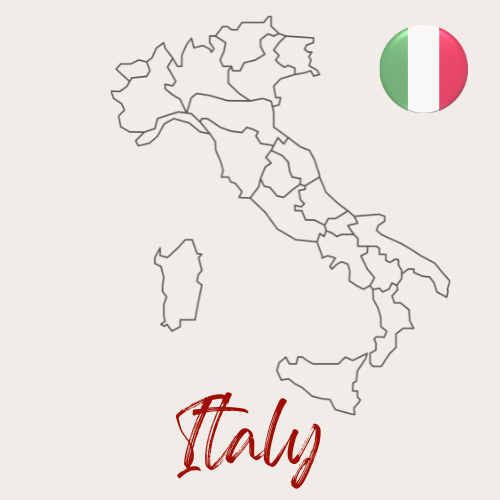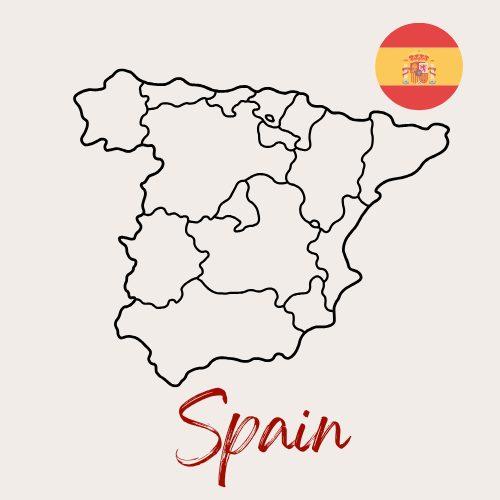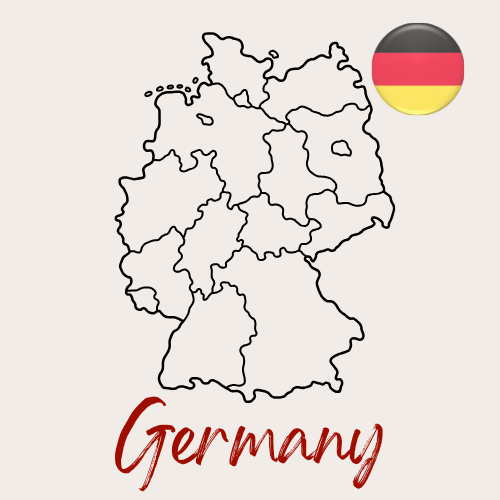
Wine regions of the world
While the above represent some of the major wine regions of the world, there are so many more to explore. As well as the major wine making countries that can be explored above, such as France, Italy, Spain and the US, there are less well known regions such as the UK, Lebanon and Austria – all waiting to be explored. We will continue to work on the ‘ultimate guide’ series so you can explore more of these in detail, and if you click on any of the wine countries above, you can explore more about the country as a whole, and then more detail about specific regions, for example, Alsace in France or Rioja in Spain!
Where does wine grow?
In theory, with the right climate or climate moderation, wine can grow anywhere – but technically speaking, it grows best between 30 degrees to 50 degrees both north and south of the equator. Most of the major wine regions as we know it fall within this boundary.
As a result, some of the most famous wine regions are within these areas – for example, the famous Champagne region, a cool climate, is 49 degrees north, just sitting below the 50th parallel. The closer you get to the 50th parallel, the colder it is. Whereas, regions such as Salta in Argentina sit at approx 23 degrees south, it’s so warm here that the vineyards are often at higher altitudes to moderate the extremely warm temperatures… meaning grapes can grow better!

What are some things that affect wine growing?

The climactic influences
The production of wine can be quite a precarious task. One hot vintage and the grapes can over ripen or sunburn. Too hot and the vine can shrivel and die.
On the opposite end of the spectrum, a cold vintage can cause a struggle for vines, as they are unable to pump enough sugar into their fruit. This would cause wines that are overly acidic and not a true reflection of the variety’s flavour.
Similarly, there are a myriad of potential unexpected events like frost or high winds that can affect grape-growing. Further to that, a particularly bad hail storm for example, can disseminate an entire crop.








